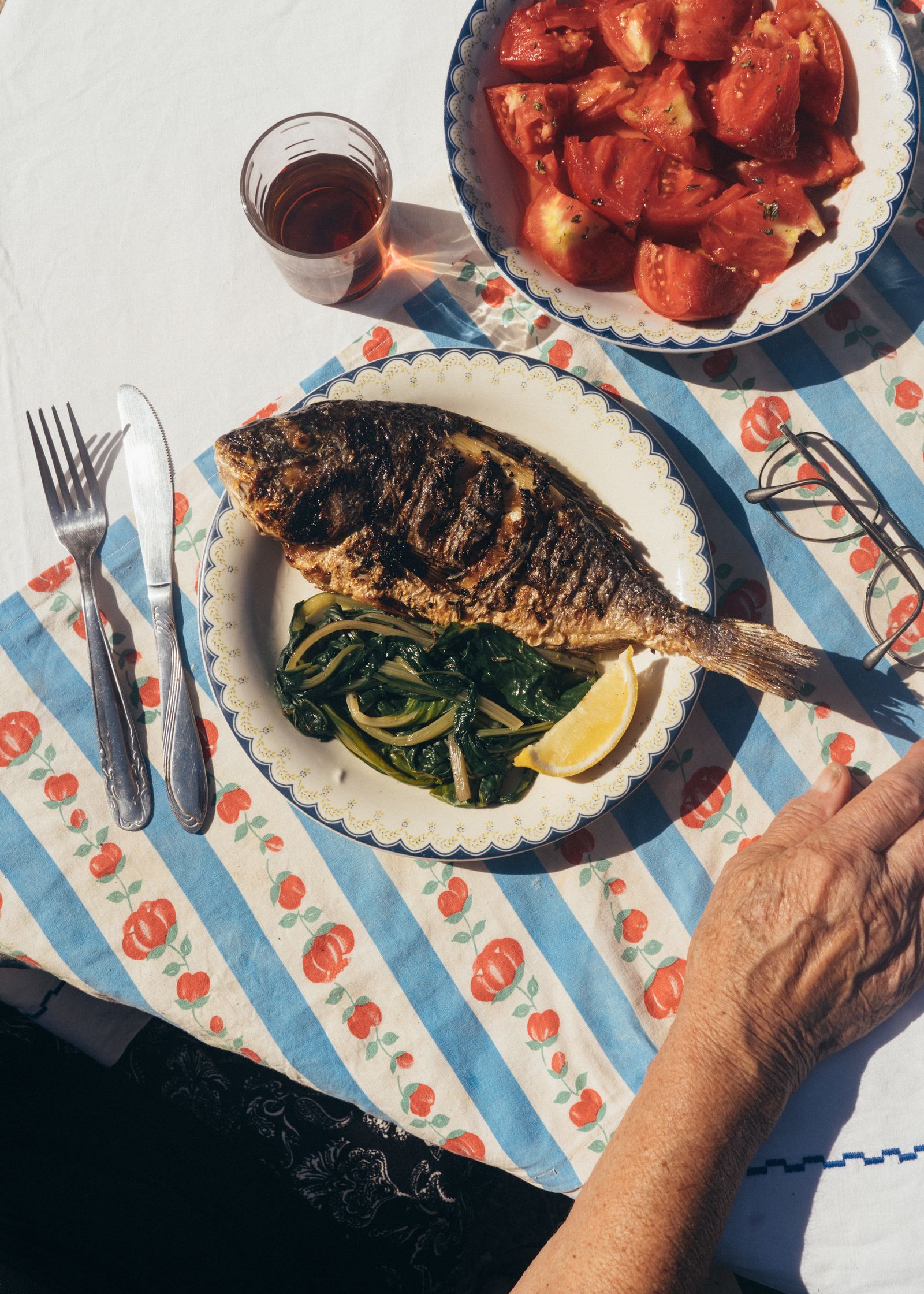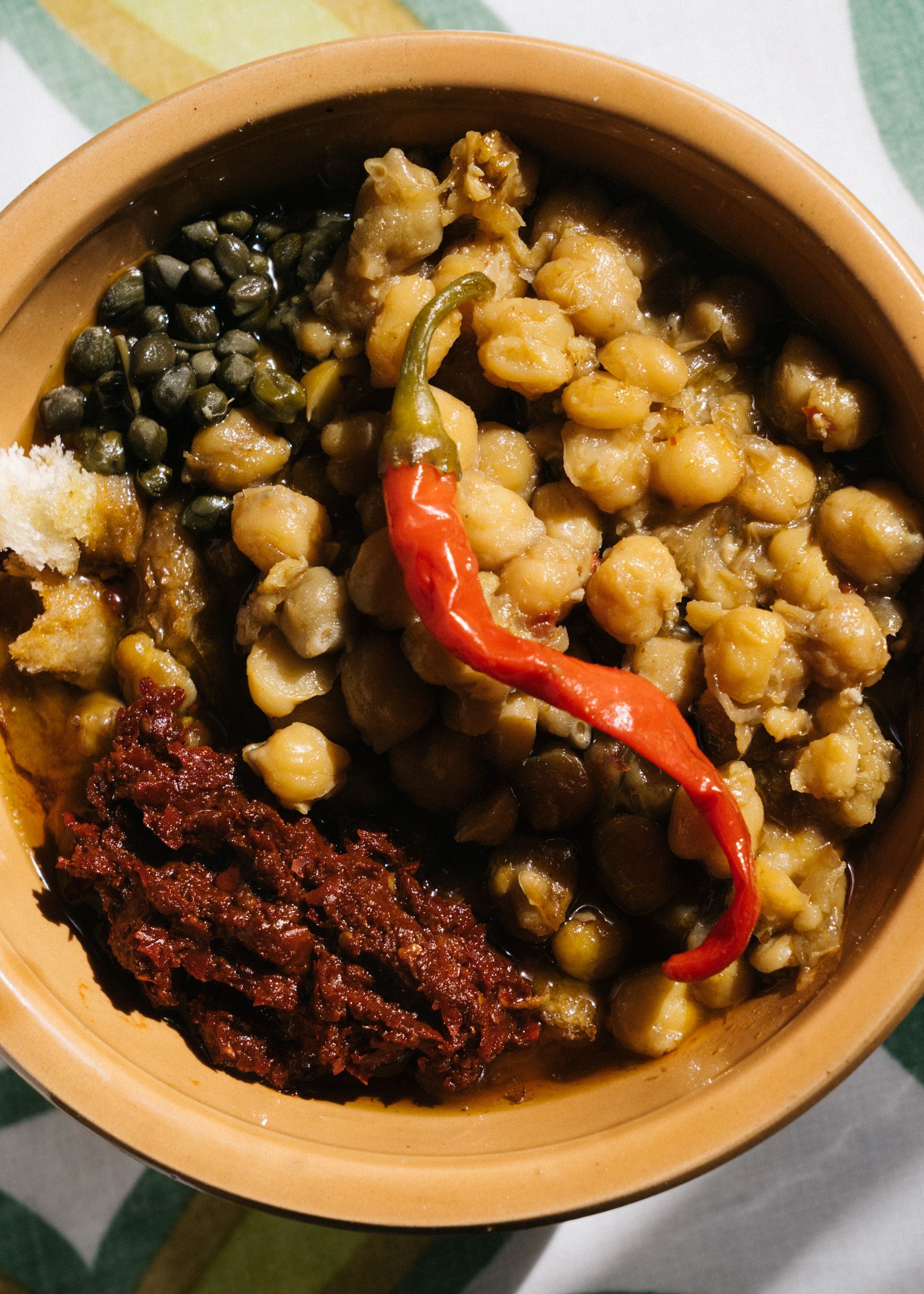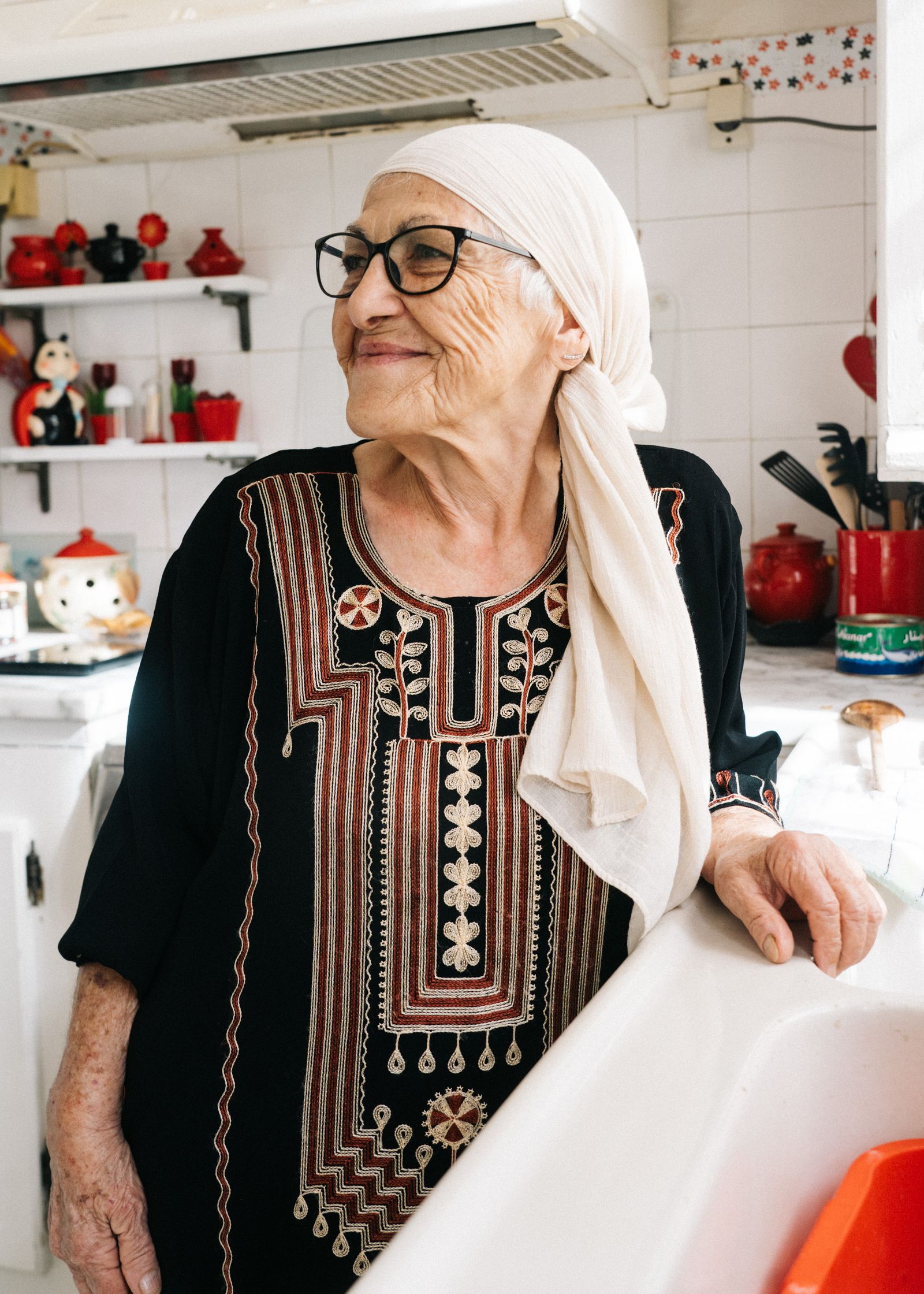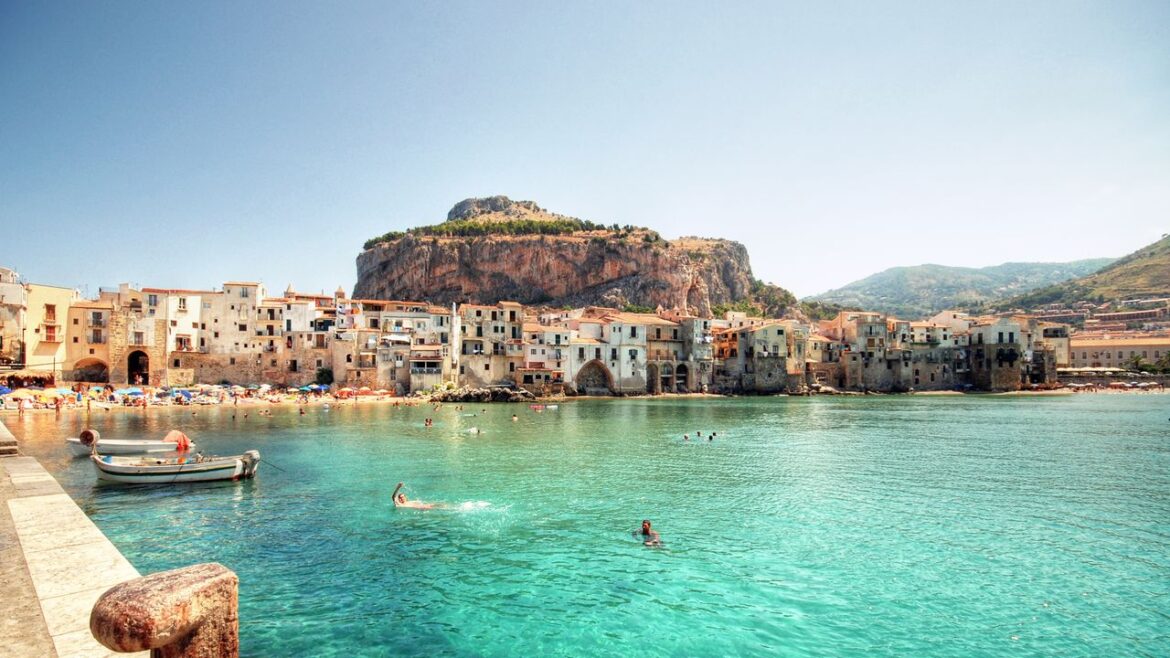Setting out on an odyssey to cook with grandmothers across the breadth of the entire Mediterranean basin for my book Mediterranea, I knew I would uncover the secrets to some incredible recipes perfected over a lifetime. What I couldn’t have predicted was the breadth of insights I gained into longevity, and how what we cook and eat impacts quality and length of life. Commissioned to write a book on the Mediterranean, I was determined not to exclude many of the regions missed off the list when we think of Mediterranean cuisine. Of course, I travelled to the usual suspects: Italy, Greece, Spain and the South of France to cook with grandmothers, or nonnas, for this book but beyond that, I was desperate to get to the Levant, North Africa and the Balkans to uncover the secrets of true matriarchs of the Mediterranean. The following are just some of the essential culinary lessons I learned after cooking with 100 grandmothers of the Med.
To begin with, adopting a “zero-waste” approach to cooking can be more than just a fad. Without knowing it, my Greek Yiayia (inspiration behind all my books) is a zero-waste hero. She never throws a single thing out, preferring to recycle her plastic feta tubs as lunch box containers to pack with leftovers to send grandchildren away with. All nonnas are experts at not letting anything go to waste. Jars of passata are swirled with a little water, the remnants of tomato lurking in difficult angles swilled back into bubbling pots of soup. Leftover bones from roasting meat are used for collagen-boosting broths. Beetroot tops and wild greens that clutter my grandmother’s garden make fine plates of steamed greens to accompany her grilled oregano and fennel-seed marinated seabream.

Grilled oregano and fennel-seed marinated seabream
Marco Argüello
Author of ‘Mediterranea’, Anastasia Miari with nonna Margarita from Mallorca, Spain
Marco Argüello
In Zagreb, Rajka used her leftover dough from sweet Knedle plum dumplings to make savoury gnocchi. At grandmother Esma’s, in the thriving market town of Selcuk in the south of Turkey, Esma used the leftover green ends of the spring onions she used in the wild greens and cheesy borek fingers as a base for her fried eggs with sumac. This was a revelation; she had created an entirely new (and delicious) dish from the off-cuts of another. Elsewhere in Turkey, in the hilltop village of Kusadase, nonagenarian Ayten swapped out bicarbonate of soda with ash water, using the remnants of ash from her wood-fired oven to bake her Kalburabasti (walnut biscuits). We sat in her garden, lush with the scent of citrus and jasmine, sipping sweet tea and savouring her sweet biscuits as Ayten explained that simplicity, above all else, was the key to living a happy and long life.
Before “zero-waste” was a trend, grandmothers across Italy and the rest of the Mediterranean basin were using the milled husks of their wheat or dried lentils as chicken feed. Meats were cured in order to keep a family going throughout the winter, hence prosciutto and other cold cuts. Biscotti – a staple in most Italian nonnas’ homes – were famously baked twice to ensure they would last longer. The term “Cucina Povera” – kitchen of the poor – originated in rural Italy but on my travels, it became clear to me that this style of thrifty eating has been adopted by the matriarchs of kitchens across the Mediterranean and it makes sense. Why buy food if it’s only going to end up in the bin?


Grandmother Latifa
Marco Argüello
In its simplest sense, Cucina Povera used the best of what people had available to them to create hearty, filling and cheap meals that could power a working day in which most of the tasks to be accomplished were labour-intensive and manual. This meant using ingredients grown locally and seasonally, and making use of everything. A main ingredient used in Cucina Povera is bread. Cheap to produce and a key component of a meal that guarantees to fill the belly, a loaf of bread can go a long way.


Dining and Cooking